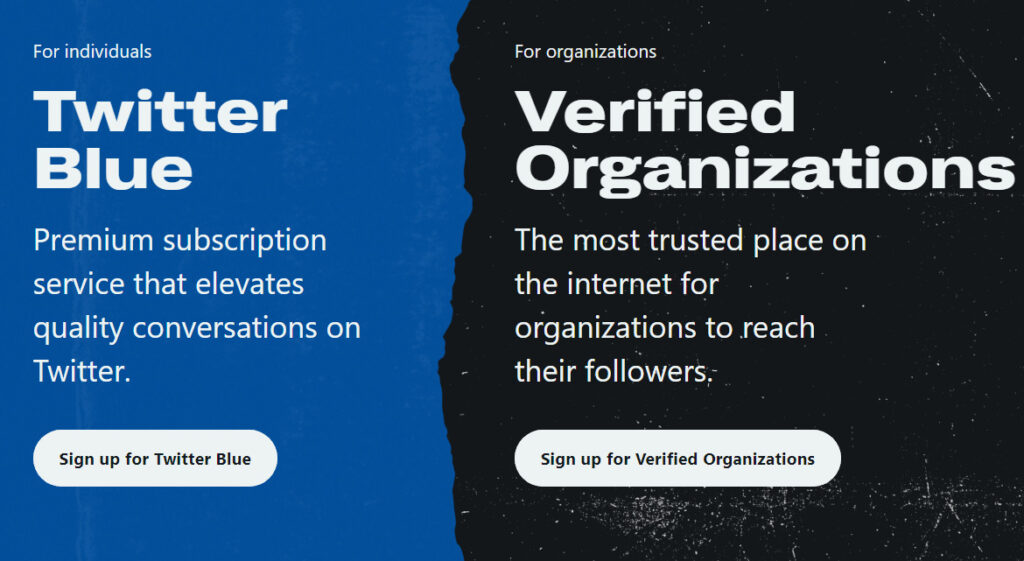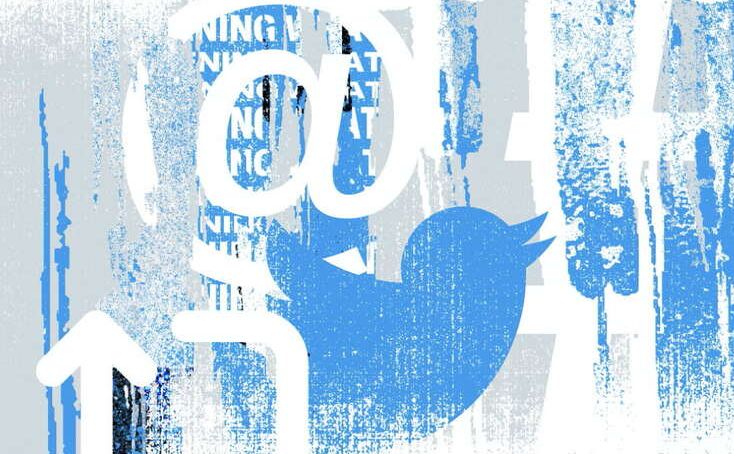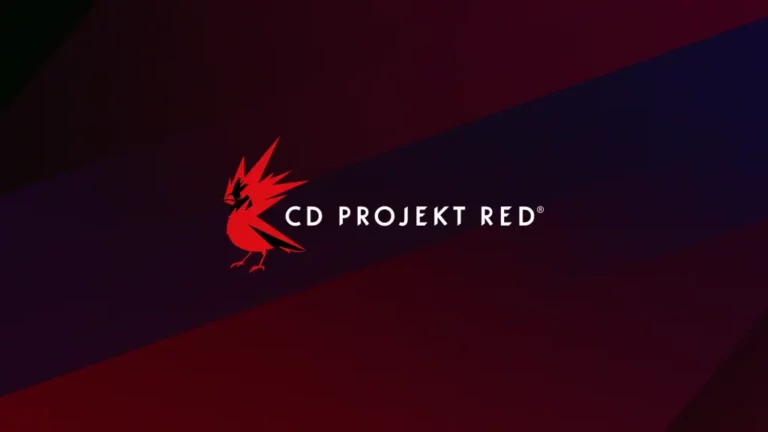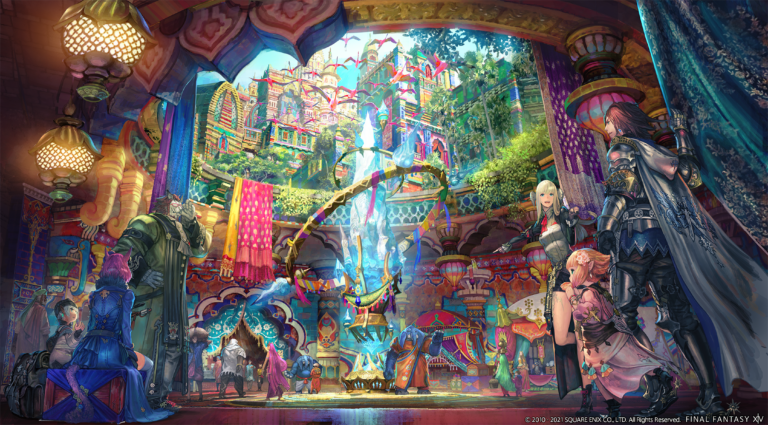Gaming is the most social activity online. The only other more social activity is FaceTime, due to its liminal space intrusion into your life when someone calls. Social activity requires platforms that allow users to connect. The entire basis of the Internet is to send and receive from other users in other locations. Twitter has recently rate limited users on a temporary basis, which has greatly slowed the flow of information between communities.
There’s a crisis unfolding on the Internet’s most social town square. Twitter’s pathway to monetization continues to be rocky. Decision after decision has left users a gasp at what to do when their normal that had been consistent for so long rapidly changes day after day.
The long and short of the current crisis is that new users, regular users and paid users all have different amounts of posts they can view per day. The limit seems to be far more liberal for the paid users, while non-paying users have a decently tight limit applied. The crunch on casual users doesn’t exist, but power users are definitely impacted.
We’re not going to sort into the why, since there’s so much misinformation, but rather on who is most impacted, what this means for discoverability and how communities are reacting.

Artists Take the Biggest Hit
The largest impact is on those who use the platform as a means of communicating for their work. Artists and those who accept commissions are having a more difficult time with outreach and using the platform to coordinate, communicate and market their wares. There seems to be a push by this segment to move to Discord and get their communities talking on different platforms. That’s a great idea.
The issue is that a lot of artists and the artist community relies on their network of sharing to showcase art to each other and ensure each other is discoverable. With the rate limits, it makes it hard for them to both interact and broadcast on the network – something that no one has an issue with.
Indie development studios rely on the virality of content on social media to help give them a boost. When users are conservative on posting it may be a bit harder for those games to have outreach. Then again, Twitter shouldn’t be the only means of broadcast for an indie game and it really solidifies a diversified social strategy is critical if that’s your main marketing means.
Another consequence is users moving from the “for you” to the “following” tab. Choosing to curate content, they avoid the algorithm all together. Yet the algorithm is what drives discoverability on these platforms beyond the organic word of mouth.
The Algorithm
The Algorithm is the critical component of discoverability. It is designed to find content that you may otherwise not find and share it with you. It mixes all of the data about you that it can consider including who you follow and what you interact with in order to find you new content. That makes the platform more satisfying by having an “endless feed” of content while letting creators on the platform reach users who don’t follow them.
The consequence of using the “following” tab is that users only see those that they follow. This trend then blocks those users from seeing any content that isn’t organically shared. While not bad directly, it does change how interactions occur and impact discoverability. Brands, indie publishers / developers and small businesses who rely on you to discover them will need to focus more on retweets / resharing.
Conversely, folks are quicker to not post if they fear that doing so would consumer their followers rate limit for nothing. More buttoned up, polished posting and leveraging the new long form features are becoming more standard. That could be a good thing for usability. It’s a wait and see thing.
Discoverability
Everyone that a user follows should satisfy them in some way and the ability to unfollow should be easy and fluid. This is the UI standards for social media networks since the trend of following forum users to see their posts became popular in the early 2000s. Twitter is no different. There’s a pull and push between curated and discoverable content, but the curated content will always be the most satisfying.
Without the algorithm being as heavily relied on and infinite scrolling becoming less of a habit then we’ll see the meta change for how users interact with one another. This may or may not be a bad thing; it’s one of those things only time will tell.
Temporary Things Pass
On the whole flip side, casual Twitter users are reporting business as usual and have little impact from the rate limits. Twitter management has promised that the rate limiting is temporary and has been rapidly expanding the number of tweets users can consume. The platform itself needs to earn an income and users who use it a lot may need to begin paying for the privilege.
What that means, only the future can tell, but it shows there is some reliance on these large social media networks. Diversification of community is critical in these times so that communication between individuals remains fluid.
If your community is having temporary hardships due to this, remember that Discord, Tumblr and a host of other alternatives are available and using something else doesn’t mean you stop using another thing.
Opinionated Appendix: Why?
There are two current chains of thought on why Twitter is doing this:
- This is related to the cloud computing bills in some way, either for Azure, Google or AWS. There is a considerable amount of misinformation around this topic.
- AI companies, in order to build compelling Human to Human like speech, are scraping social media networks. This was the reasoning behind the Reddit API crisis as of late. This is the semi-official explanation.
While only Twitter knows what it’s doing and isn’t an authentic narrator, one could assume it’s a mixture of the two. It’s very likely that Twitter, while moving its tech stack, is having reduced capacity. They’re likely leveraging that capacity crunch to make a hard push toward monetization.
It’s also a cost benefit sort of thing. What user who consumes the maximum tweets (I believe it’s 1,000 and continuing to expand) is going to even be impacted by the advertising.






